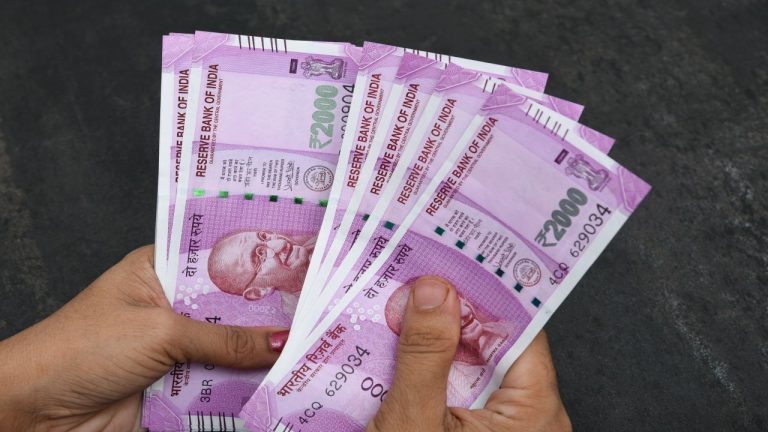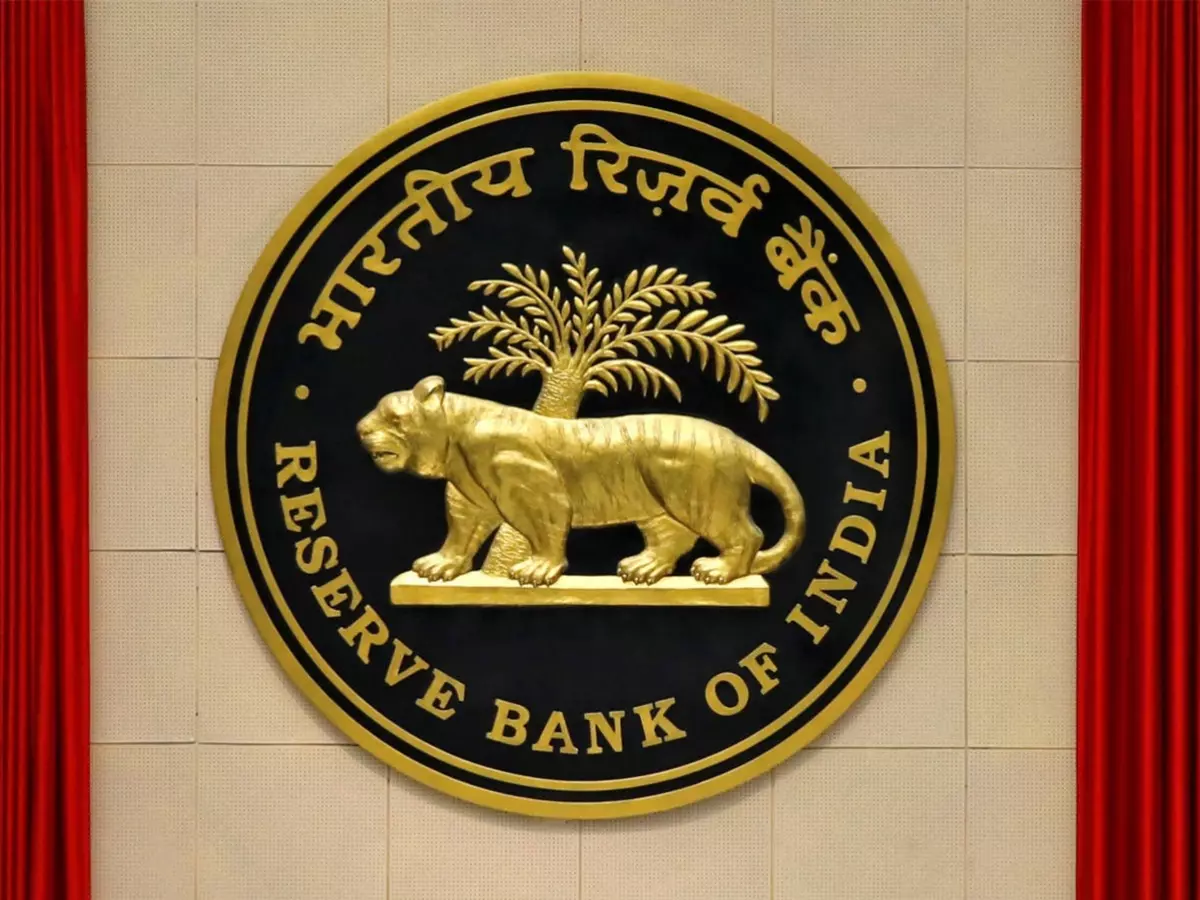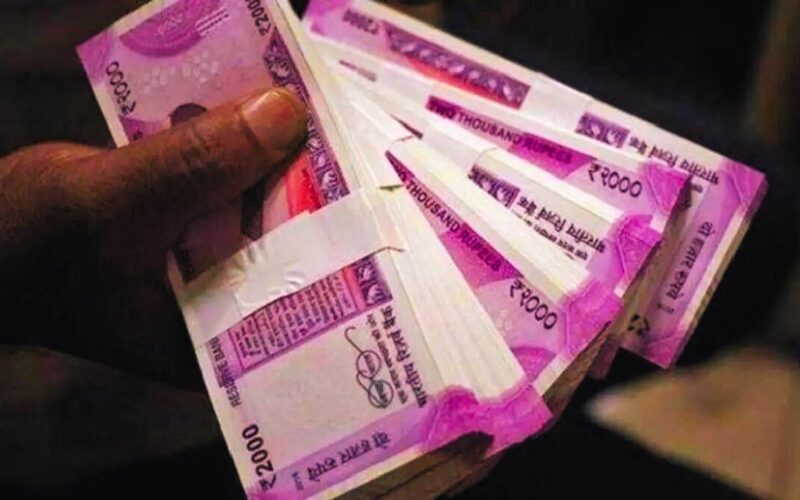India’s Rs. 2,000 Notes Worth ₹6691 Crores Yet to Return: What It Means for the Economy and Citizens
The Reserve Bank of India (RBI) announced the withdrawal of Rs. 2,000 denomination banknotes from circulation. The move was justified as a measure to address concerns about counterfeit currency and reduce the circulation of high-value notes, often criticized for enabling unaccounted wealth. Citizens were given a deadline of September 30, 2023, to exchange or deposit these notes at banks. As the deadline passed, reports revealed that Rs. 2,000 notes worth ₹6691 crores had yet to be returned, raising significant questions about the broader implications of this unreturned currency.

A Brief History of the Rs. 2,000 Note
The Rs. 2,000 note was introduced in November 2016 following the government’s demonetization drive, which abruptly invalidated Rs. 500 and Rs. 1,000 notes. The decision aimed to curb black money, counterfeit currency, and corruption. The Rs. 2,000 note was meant to fill the currency void and facilitate cash transactions. However, its introduction was met with skepticism due to its high value and limited usability for day-to-day purchases. Over time, its circulation diminished, and in 2018, the RBI stopped printing new Rs. 2,000 notes, signaling a gradual phase-out.

The Exchange Drive and Public Response
The RBI’s decision to withdraw the Rs. 2,000 note in 2023 gave citizens over four months to exchange or deposit these notes. The public responded swiftly, with banks reporting a significant influx of Rs. 2,000 notes in the initial weeks. The deadline was subsequently extended to October 7, 2023, to accommodate last-minute exchanges. Despite these efforts, over ₹6691 crores worth of notes remained unreturned, a figure that represents around 7% of the total value of Rs. 2,000 notes initially in circulation.
Why Are Notes Still Unreturned?
Several factors could explain why such a substantial amount of Rs. 2,000 notes remain outside the formal banking system:
- Hoarding and Black Money: High-denomination notes have historically been associated with hoarding and unaccounted wealth. Many individuals may be reluctant to exchange these notes due to fears of scrutiny or penalties, particularly if the money originates from illicit sources.
- Lost or Destroyed Notes: It is plausible that a portion of these notes has been lost, destroyed, or otherwise rendered unusable over the years. This phenomenon is common with high-denomination currency.
- Limited Accessibility: Some individuals in remote or rural areas might have faced difficulties accessing banks or understanding the exchange process. Despite India’s push for financial inclusion, gaps remain in the banking infrastructure.
- Overseas Hoarding: Rs. 2,000 notes may also be held by individuals or entities abroad, particularly in countries where Indian expatriates reside. Bringing these notes back to India for exchange within the stipulated timeline might have been logistically challenging.

Economic Implications of Unreturned Notes
The unreturned Rs. 2,000 notes have sparked debate about their impact on India’s economy. While the immediate effect may not be dramatic, several potential implications warrant consideration:
- Reduction in Currency Liability: When notes are not returned to the RBI, they effectively reduce the central bank’s liability. This reduction could theoretically benefit the government by enhancing its fiscal position, as the value of unreturned currency becomes “windfall gains.”
- Impact on Black Money: The unreturned notes highlight the persistence of black money in the economy. While demonetization and subsequent measures have aimed to curb illicit wealth, the presence of such a significant amount of unreturned currency suggests that parallel economies continue to operate.
- Cash-Dependent Sectors: The withdrawal of high-value notes has further nudged India’s economy toward digitization. However, cash-dependent sectors, particularly in rural areas, may face temporary disruptions, especially if they relied heavily on Rs. 2,000 notes for large transactions.
- Inflationary Pressure: The withdrawal of Rs. 2,000 notes could theoretically reduce cash circulation and exert downward pressure on demand-driven inflation. However, the actual impact would depend on the extent to which these notes were actively used in the economy.

Public Perception and Political Ramifications
The withdrawal of Rs. 2,000 notes and the significant amount remaining unreturned have drawn mixed reactions from the public and political circles. Critics of the government argue that this situation reflects poorly on the demonetization strategy and subsequent currency management. They contend that high-value notes facilitated corruption and black money, undermining the stated objectives of the 2016 demonetization.
Proponents of the government’s actions, on the other hand, argue that the withdrawal of Rs. 2,000 notes demonstrates a continued commitment to tackling unaccounted wealth and encouraging digital payments. They point to the increasing adoption of digital transactions as evidence of India’s transition toward a less cash-dependent economy.

Global Comparisons
India is not the only country to grapple with the challenges of managing high-denomination currency. Several nations have taken similar steps:
- United States: The $100 bill has been criticized for its association with money laundering and illicit activities. However, it remains in circulation due to its global use as a reserve currency.
- European Union: The €500 note was phased out in 2019 to curb money laundering and other illegal activities. The withdrawal process was gradual, allowing ample time for exchange.
- Australia and Canada: Both countries have withdrawn high-denomination notes in recent decades to address concerns about unaccounted wealth and enhance the efficiency of cash circulation.

The Road Ahead
The Rs. 2,000 note saga underscores the complexities of currency management in a rapidly evolving economy. Moving forward, several key measures could enhance the effectiveness of such initiatives:
- Enhanced Financial Inclusion: Bridging gaps in banking access and literacy, particularly in rural areas, will ensure that all citizens can participate in the formal economy.
- Targeted Anti-Corruption Measures: Beyond currency management, targeted efforts to tackle corruption, black money, and tax evasion are essential. Strengthening regulatory frameworks and enforcement mechanisms will be critical.
- Promoting Digital Payments: India’s digital payment ecosystem has grown exponentially in recent years. Further incentives for digital transactions could reduce dependency on cash and improve transparency.
- Public Communication: Clear and consistent communication from the government and RBI is vital to building public trust and minimizing confusion during currency transitions.
Conclusion
The unreturned Rs. 2,000 notes worth ₹6691 crores offer a snapshot of the challenges and opportunities associated with managing a modern economy. While the move to withdraw these notes aligns with broader goals of reducing corruption and enhancing transparency, it also highlights persistent gaps in financial inclusion and economic oversight. As India continues its journey toward becoming a cash-light, digitally empowered economy, the lessons from this episode will undoubtedly shape future monetary policies and reform initiatives.









